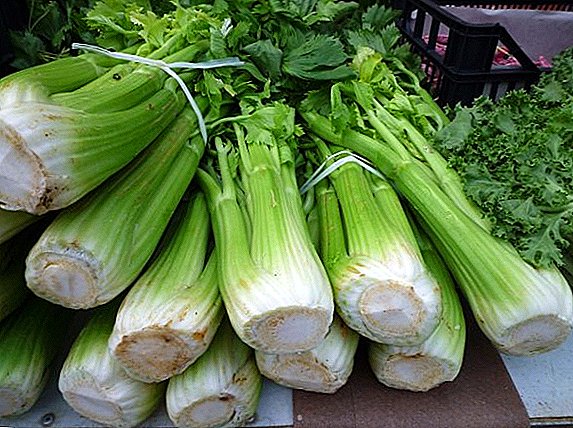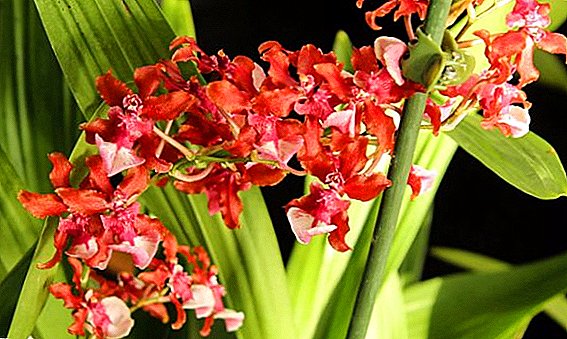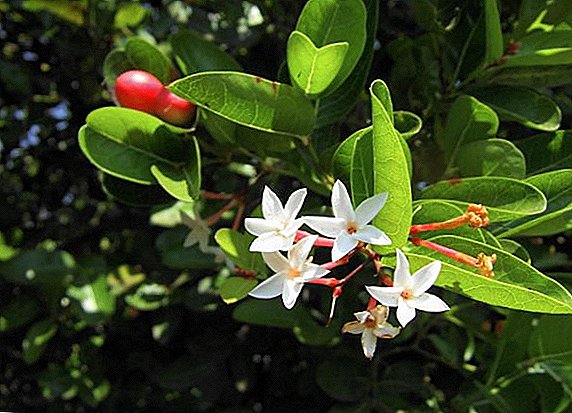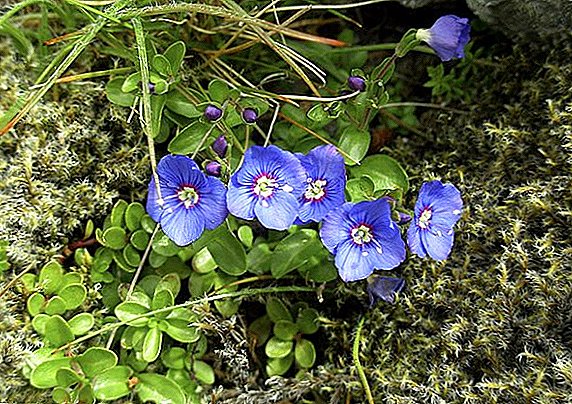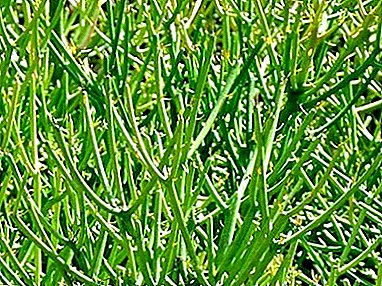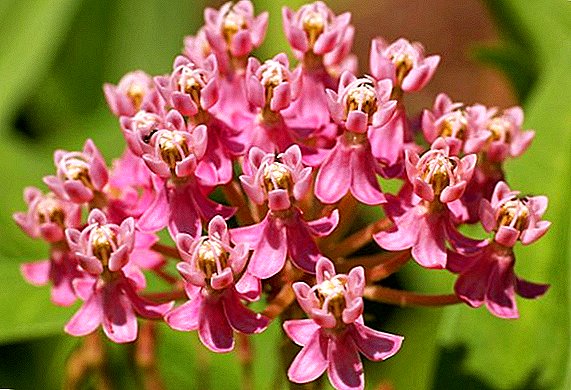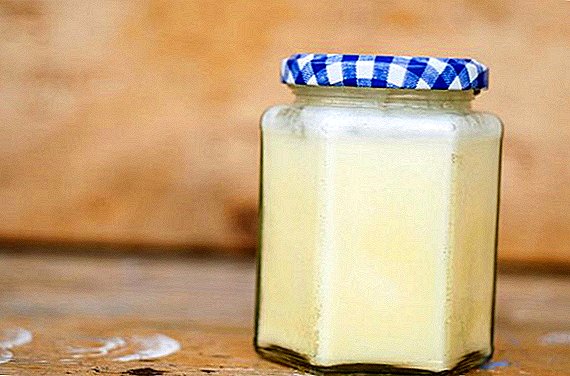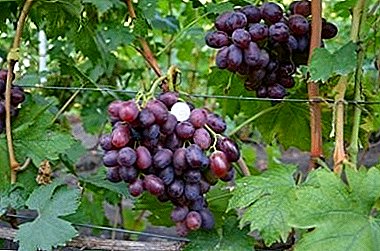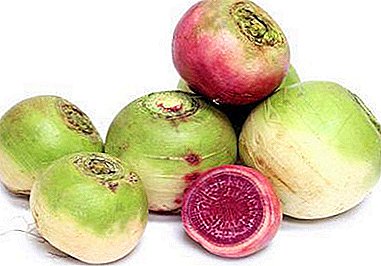
In recent years, many gardeners grow on their plots a guest from China - tender and juicy radish, which is called Margilan or Loba.
Due to its precocity, Chinese radish is economically beneficial for the cultivation of vegetable root crops.
The article will look at how to plant this healthy and tasty root vegetable in order to get a good harvest in the fall.
We will also tell you about the possible problems that arise when growing Margilan radish, their solution and prevention.
Features planting plants
Features of vegetable cultivation:
- Prefers soil with a pH of 6-7 and a humus content of 4-5%.
- It is grown mainly in open field - film and greenhouse are used to accelerate ripening.
- Seeds are characterized by good germination, germinate for 3-7 days at t 2 ºC.
- Shoots tolerate frosts up to 4 ºC, adult plants - up to 7 ºC.
- Short-term drying of the soil during the growth of the fetus reduces the yield.
- Organic fertilizers are applied to nitrogen-poor soils - fresh manure under the previous crop, rotted - from autumn.
- With a lack of light and thickening of crops, the growth of the fetus stops - the radish blooms prematurely.
When is it usually planted?
In Russia, depending on the region, Chinese radish is sown from the 2nd decade of July to the 1st decade of August.
Compatibility with other cultures
 Chinese radish is planted after crops under which organic fertilizers are applied - melon and solanaceous, as well as after green vegetables.
Chinese radish is planted after crops under which organic fertilizers are applied - melon and solanaceous, as well as after green vegetables.
Compared to other root vegetables radish in the second half of the growing season consumes a lot of nitrogen and phosphorus, therefore, it is returned to its original place no earlier than in 3-4 years.
Chinese radish gets along well with legumes and solanaceae, lettuce, strawberries, dill and parsley.
You should not plant Margilan radish next to the bulb and other onions.
Which varieties are more suitable?
Reference. Margilan radish Loba is divided into five varieties - white, green, purple-pith, red and purple.
In total, 25 varieties of Lobs recommended for cultivation in personal subsidiary farms in all cultivation zones are entered in the State Register.
| Consumption period | Sorta |
| Summer |
|
| Late summer | Gourmet Breakfast |
| Autumn |
|
| Late autumn |
|
| Winter |
|
Depending on the variety the period from planting to harvest is 55-90 days. Root crops are juicy and sweet, round or cylindrical, weighing from 150 to 500 g. Good keeping quality does not differ - from 60 to 200 days.
Seeds of Chinese radish Lob of various varieties from leading Russian producers, packed in 1 g cost from 17 rubles, indicating the period of use and supplied with instructions for growing, are purchased in specialized stores. Online stores offer professional weight seeds with delivery.
Planting dates
 Terms depend on the soil-climatic features of a particular area and varietal qualities. In the conditions of the Novosibirsk region, favorable conditions for the growth and filling of root crops are formed after June 30.
Terms depend on the soil-climatic features of a particular area and varietal qualities. In the conditions of the Novosibirsk region, favorable conditions for the growth and filling of root crops are formed after June 30.
For the monsoon climate of Primorye, the best varieties are forehead Raspberry ball, Elephant's Fang, Harbin. Here, sowing is carried out on the ridge or ridge technology in the third decade of July.
The best time for sowing Chinese radish in the conditions of the Black Earth region is from the middle of the 1st decade to the 2nd decade of July.
Sowing in open ground
The procedure is as follows:
- The day before sowing, seeds are soaked in potassium permanganate solution - 0.2 g of the drug is taken for 1 l of water.
- Sow full seeds.
- From the autumn they make a deep digging of the soil - for 1 bayonet of a shovel. At the same time, 20 g per 1 m² of phosphorus-potassium fertilizers are applied, humus or compost - 2-3 kg per 1 m². Under the spring digging make 10 g per 1 m² of nitrogen fertilizers, which can be replaced with ash - 150-200 g per 1 m². On narrow ridges shoots appear faster and develop more actively due to the fact that at a depth of 10-20 cm the temperature rises by 1.5 ºC.
- Seeds are sown to a depth of 1.5-2.5 cm, 3 pieces per nest in wet soil. The greatest yield is obtained if the density of standing on 1 m² when harvesting is 14-15 plants.
- Sowing is carried out according to the ordinary scheme 45x30 or band 60 + 25x30.
- The first thinning is carried out in the phase of 2 true leaves. Sturdy seedlings pass along with the land lump on empty places and always watered.
- The second thinning - in the phase of 3-4 true leaves - leaves a distance between seedlings of 25-30 cm.
- In dry weather, water regularly, trying to keep the soil always wet.
Chinese radish is fed with complex mineral fertilizers when the fruit reaches a volume in diameter of 4-5 cm. For 10 l take 30-40 g of fertilizer. Varieties intended for summer consumption, fed twice, for the winter - 3-4 times.
You can make a second dressing with ash - 200 g per 1 m² in the rain or watering.
From the cabbage flea, which damages the radish sprouts, it helps to dust the seedlings with ashes mixed with tobacco dust. Weeds are regularly removed so that plantings do not thicken. Systematically loosened. Easy hilling will help protect the fruit from slugs.
Summer varieties clean selectively, winter - for one cleaning in clear weather before frost. The tops are cut to 0.5 cm without damaging the fruit.
Possible problems and difficulties
 After sowing a radish, proper care is important. During the growing season, the roots of the lobs can be greatly damaged by the larvae of the cabbage fly.
After sowing a radish, proper care is important. During the growing season, the roots of the lobs can be greatly damaged by the larvae of the cabbage fly.
Lack of heat retards the formation of the fetus. When cold increases the percentage of underdeveloped roots. Temperatures above 30 are depressing - with a prolonged heat the plant may die.
Root crops grown on narrow-profile ridges, as compared with those planted on a flat surface, accumulate more sugars and dry matter, and nitrates - much less.
Chinese radish susceptible to cruciferous keel - the most harmful disease. The alternation of drought and abundant watering is dangerous - leading to flowering.
When watering it is impossible to re-moisten the soil - bacteriosis can develop. When stored in containers with sand, the roots of the lobs suffer the least from white, gray, and bacterial rot.
The Chinese radish of a forehead possessing high nutritious and curative properties, is successfully grown up in repeated crops.


